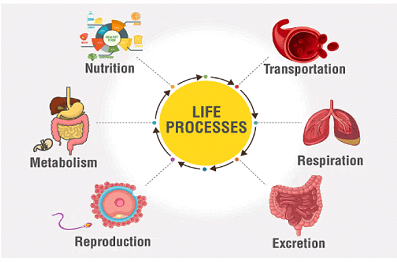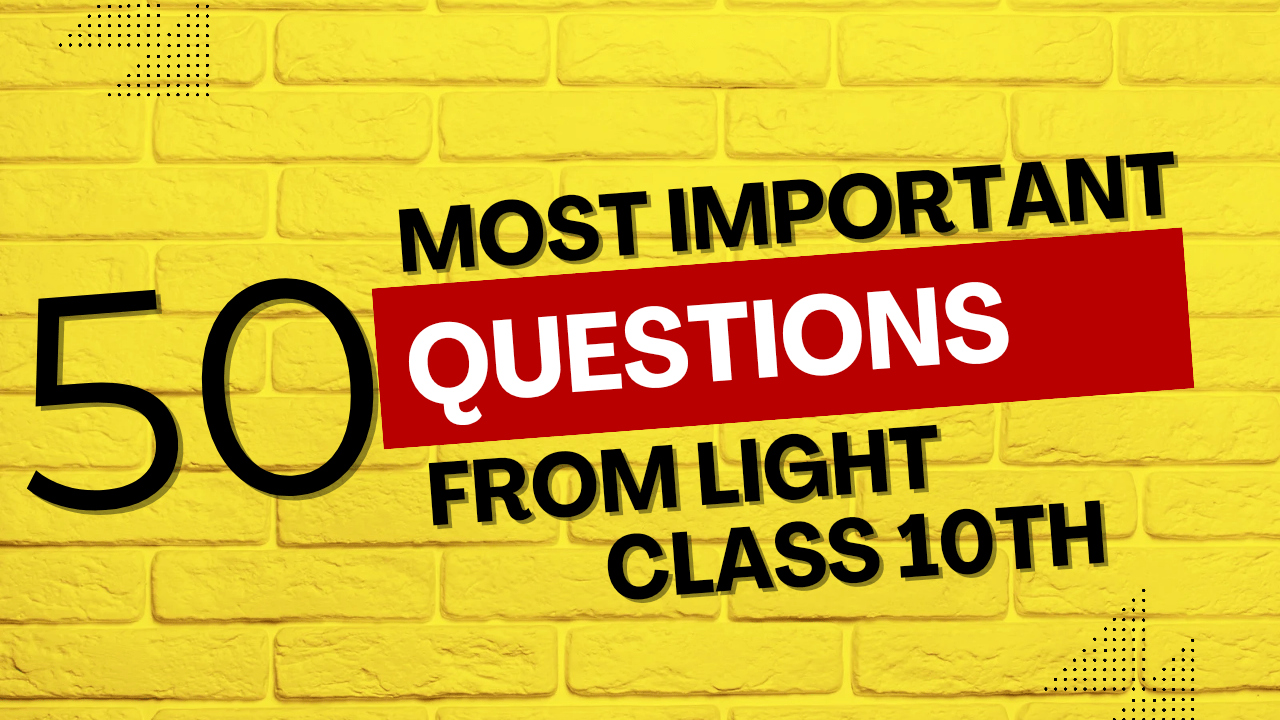Chemical equations are the symbolic representations of chemical reactions where the reactants on the left transform into products on the right. Balancing these equations is crucial as it follows the law of conservation of mass, ensuring equal atoms on both sides of the equation.
In this comprehensive guide, we’ll explore 50 examples of balanced chemical equations across different reaction types. Each example includes the balanced equation and a brief explanation of the reaction. Whether you’re a student, educator, or chemistry enthusiast, this resource will help strengthen your understanding of chemical reactions.
Combustion reactions occur when a substance reacts with oxygen gas to produce energy in the form of heat and light. These reactions are typically highly exothermic.
CH₄ + 2O₂ → CO₂ + 2H₂O
Example 1: Methane combustion. One molecule of methane (CH₄) reacts with two molecules of oxygen (O₂) to produce one molecule of carbon dioxide (CO₂) and two molecules of water (H₂O). This is the primary reaction occurring when natural gas burns.
C₂H₆ + 3.5O₂ → 2CO₂ + 3H₂O
Example 2: Ethane combustion. One molecule of ethane (C₂H₆) requires 3.5 molecules of oxygen for complete combustion, yielding two molecules of carbon dioxide and three molecules of water.
C₃H₈ + 5O₂ → 3CO₂ + 4H₂O
Example 3: Propane combustion. A single propane molecule (C₃H₈) requires five oxygen molecules for complete combustion, producing three carbon dioxide and four water molecules.
C₆H₁₂O₆ + 6O₂ → 6CO₂ + 6H₂O
Example 4: Glucose combustion. Glucose (C₆H₁₂O₆) reacts with six oxygen molecules to yield six carbon dioxide and six water molecules. This reaction represents cellular respiration in biological systems.
2C₈H₁₈ + 25O₂ → 16CO₂ + 18H₂O
Example 5: Octane combustion. Two molecules of octane (C₈H₁₈), a component of gasoline, require 25 oxygen molecules for complete combustion, producing 16 carbon dioxide and 18 water molecules.
Synthesis reactions involve two or more substances combining to form a more complex product. These are also known as combination reactions.
2H₂ + O₂ → 2H₂O
Example 6: Hydrogen and oxygen synthesis. Two molecules of hydrogen gas combine with one molecule of oxygen gas to form two molecules of water. This reaction releases a significant amount of energy.
N₂ + 3H₂ → 2NH₃
Example 7: Haber process. One nitrogen molecule combines with three hydrogen molecules to form two ammonia molecules. This industrial process is crucial for fertilizer production.
2Na + Cl₂ → 2NaCl
Example 8: Sodium chloride formation. Two sodium atoms react with one chlorine molecule to produce two sodium chloride (table salt) molecules.
CaO + H₂O → Ca(OH)₂
Example 9: Calcium hydroxide formation. Calcium oxide (quicklime) reacts with water to form calcium hydroxide (slaked lime), an exothermic reaction used in various industrial applications.
4Fe + 3O₂ → 2Fe₂O₃
Example 10: Iron oxide formation. Four iron atoms combine with three oxygen molecules to form two molecules of iron(III) oxide (rust).
Decomposition reactions occur when a compound breaks down into simpler substances, often requiring energy input such as heat, light, or electricity.
2H₂O → 2H₂ + O₂
Example 11: Water electrolysis. Two water molecules decompose into two hydrogen molecules and one oxygen molecule when an electric current passes through water.
2KClO₃ → 2KCl + 3O₂
Example 12: Potassium chlorate decomposition. Two molecules of potassium chlorate break down to form two molecules of potassium chloride and three molecules of oxygen gas when heated.
CaCO₃ → CaO + CO₂
Example 13: Calcium carbonate decomposition. When heated, calcium carbonate (limestone) decomposes into calcium oxide and carbon dioxide. This reaction is used in cement production.
2NaHCO₃ → Na₂CO₃ + H₂O + CO₂
Example 14: Sodium bicarbonate decomposition. When heated, two molecules of sodium bicarbonate (baking soda) decompose to form one molecule of sodium carbonate, one water molecule, and one carbon dioxide molecule.
2H₂O₂ → 2H₂O + O₂
Example 15: Hydrogen peroxide decomposition. Two hydrogen peroxide molecules break down into two water molecules and one oxygen molecule. This reaction can be catalyzed by manganese dioxide.
In single replacement reactions, one element replaces another element in a compound. These reactions follow the activity series of metals.
Zn + 2HCl → ZnCl₂ + H₂
Example 16: Zinc and hydrochloric acid. Zinc replaces hydrogen in hydrochloric acid to form zinc chloride and hydrogen gas. This is a common laboratory demonstration.
Fe + CuSO₄ → FeSO₄ + Cu
Example 17: Iron and copper sulfate. Iron replaces copper in copper sulfate solution, forming iron(II) sulfate and elemental copper. The solution changes from blue to green.
2Na + 2H₂O → 2NaOH + H₂
Example 18: Sodium and water. Two sodium atoms replace two hydrogen atoms in two water molecules to form two sodium hydroxide molecules and one hydrogen gas molecule.
Cl₂ + 2KBr → 2KCl + Br₂
Example 19: Chlorine and potassium bromide. Chlorine displaces bromine from potassium bromide to form potassium chloride and bromine. This demonstrates the higher reactivity of chlorine compared to bromine.
Mg + 2AgNO₃ → Mg(NO₃)₂ + 2Ag
Example 20: Magnesium and silver nitrate. One magnesium atom replaces two silver atoms in silver nitrate, producing magnesium nitrate and elemental silver. Silver precipitates as a shiny solid.
Double replacement (or metathesis) reactions involve two compounds exchanging ions to form two new compounds, often resulting in precipitation or gas formation.
AgNO₃ + NaCl → AgCl + NaNO₃
Example 21: Silver nitrate and sodium chloride. The silver and sodium ions exchange partners, forming insoluble silver chloride (white precipitate) and sodium nitrate.
BaCl₂ + Na₂SO₄ → BaSO₄ + 2NaCl
Example 22: Barium chloride and sodium sulfate. These compounds exchange ions to form barium sulfate (an insoluble white precipitate) and sodium chloride.
CaCO₃ + 2HCl → CaCl₂ + H₂O + CO₂
Example 23: Calcium carbonate and hydrochloric acid. This reaction forms calcium chloride, water, and carbon dioxide gas. It’s an example of an acid-carbonate reaction.
Pb(NO₃)₂ + 2KI → PbI₂ + 2KNO₃
Example 24: Lead nitrate and potassium iodide. These compounds react to form lead iodide (a bright yellow precipitate) and potassium nitrate.
FeCl₃ + 3NaOH → Fe(OH)₃ + 3NaCl
Example 25: Iron(III) chloride and sodium hydroxide. This reaction yields iron(III) hydroxide (a rusty brown precipitate) and sodium chloride.
Acid-base reactions (neutralization) occur when an acid and a base react to form water and a salt. These reactions are characterized by proton transfer.
HCl + NaOH → NaCl + H₂O
Example 26: Hydrochloric acid and sodium hydroxide. This classic neutralization reaction forms sodium chloride (table salt) and water.
H₂SO₄ + 2KOH → K₂SO₄ + 2H₂O
Example 27: Sulfuric acid and potassium hydroxide. One molecule of sulfuric acid reacts with two molecules of potassium hydroxide to form potassium sulfate and two water molecules.
3HNO₃ + Al(OH)₃ → Al(NO₃)₃ + 3H₂O
Example 28: Nitric acid and aluminum hydroxide. Three molecules of nitric acid neutralize one molecule of aluminum hydroxide to form aluminum nitrate and three water molecules.
CH₃COOH + NH₃ → CH₃COONH₄
Example 29: Acetic acid and ammonia. This reaction produces ammonium acetate, a salt used in various applications including as a food additive.
2HClO₄ + Ca(OH)₂ → Ca(ClO₄)₂ + 2H₂O
Example 30: Perchloric acid and calcium hydroxide. Two perchloric acid molecules neutralize one calcium hydroxide molecule to form calcium perchlorate and two water molecules.
Redox (reduction-oxidation) reactions involve the transfer of electrons between reactants, resulting in changes in oxidation states.
2KMnO₄ + 5H₂C₂O₄ + 3H₂SO₄ → K₂SO₄ + 2MnSO₄ + 10CO₂ + 8H₂O
Example 31: Potassium permanganate and oxalic acid. This redox reaction is used in titrations. Manganese is reduced from +7 to +2, while carbon in oxalic acid is oxidized.
Zn + Cu²⁺ → Zn²⁺ + Cu
Example 32: Zinc and copper ions. Zinc reduces copper ions to metallic copper while being oxidized to zinc ions. This is the basis for simple electrochemical cells.
2Fe²⁺ + Cl₂ → 2Fe³⁺ + 2Cl⁻
Example 33: Iron(II) and chlorine. Iron(II) ions are oxidized to iron(III) ions, while chlorine is reduced to chloride ions.
5Fe²⁺ + MnO₄⁻ + 8H⁺ → 5Fe³⁺ + Mn²⁺ + 4H₂O
Example 34: Iron(II) and permanganate ions. In this redox titration, iron(II) is oxidized to iron(III), while manganese in permanganate is reduced from +7 to +2.
2H₂O₂ → 2H₂O + O₂
Example 35: Hydrogen peroxide decomposition. This is both a decomposition and a redox reaction where oxygen atoms in hydrogen peroxide are both oxidized and reduced (disproportionation).
Precipitation reactions occur when two solutions react to form an insoluble solid (precipitate) that settles out of solution.
AgNO₃ + NaCl → AgCl + NaNO₃
Example 41: Silver nitrate and sodium chloride. A white precipitate of silver chloride forms immediately. This reaction is used to test for chloride ions.
Pb(NO₃)₂ + 2KI → PbI₂ + 2KNO₃
Example 42: Lead nitrate and potassium iodide. A bright yellow precipitate of lead iodide forms. This reaction is often used as a demonstration of the “golden rain” effect.
3CaCl₂ + 2Na₃PO₄ → Ca₃(PO₄)₂ + 6NaCl
Example 43: Calcium chloride and sodium phosphate. A white precipitate of calcium phosphate forms. This reaction is important in biological systems.
FeCl₃ + 3NaOH → Fe(OH)₃ + 3NaCl
Example 44: Iron(III) chloride and sodium hydroxide. A brown precipitate of iron(III) hydroxide forms, which is indicative of the presence of iron(III) ions.
CuSO₄ + BaCl₂ → CuCl₂ + BaSO₄
Example 45: Copper sulfate and barium chloride. A white precipitate of barium sulfate forms. This reaction is used to test for sulfate ions.
These reactions involve multiple steps or complex mechanisms that don’t fit neatly into the previous categories.
CH₃COOH + C₂H₅OH ⇌ CH₃COOC₂H₅ + H₂O
Example 46: Acetic acid and ethanol. This equilibrium reaction forms ethyl acetate (an ester) and water. It’s an example of esterification.
4NH₃ + 5O₂ → 4NO + 6H₂O
Example 47: Ammonia and oxygen. This reaction is part of the Ostwald process for nitric acid production, where ammonia is oxidized to nitric oxide.
C₆H₁₂O₆ → 2C₂H₅OH + 2CO₂
Example 48: Glucose fermentation. This biochemical reaction, catalyzed by yeast enzymes, converts glucose into ethanol and carbon dioxide.
2KClO₃ → 2KCl + 3O₂
Example 49: Potassium chlorate decomposition. This reaction, often catalyzed by manganese dioxide, is used in laboratory oxygen production.
Cu + 4HNO₃ → Cu(NO₃)₂ + 2NO₂ + 2H₂O
Example 50: Copper and concentrated nitric acid. This reaction produces copper(II) nitrate, nitrogen dioxide (a brown gas), and water. It demonstrates the oxidizing power of nitric acid.
Conclusion
Understanding how to balance chemical equations is fundamental to chemistry. These 50 examples cover a wide range of chemical reactions, from simple combustion to complex redox processes, providing insights into the transformations that occur in both laboratory settings and the natural world.
For deeper understanding, consider exploring these reactions in a laboratory setting under proper supervision. Remember that many of these reactions can be hazardous and should only be performed with appropriate safety precautions.
For more resources on chemical reactions and balancing equations, visit the American Chemical Society’s educational resources or the Royal Society of Chemistry’s teaching materials.



